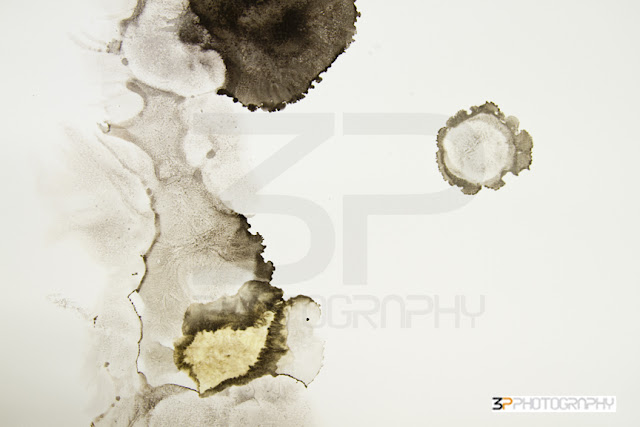In my last post I spoke about the differences that lie between 'art' and
'fine art'. In it I talked about the work and works of fine artists
being 'intense' and 'voluminous'. By voluminous I mean rich and with
depth, not size or quantitatively speaking. In this post I continue the discussion.
(All the example images in this post are from photographing the
artwork of fourth year fine art student's work for their end of year
exhibition catalogue.)
There seems to be another
layer at work in comparison to 'art'. Art works primarily through the
aesthetic. Fine art works with the aesthetic as just one of many tools.
This is so often what is missed by the 'naïve
viewer'. If this is so, then the need to try and match, or
at least get close to understanding the aspiration of the artist - his
or her intent through, with and for, the work is important. I suggested
in my last post that to not work towards this when documenting an
artists work or exhibition is to risk tainting it through careless
re-representation.
The best way to avoid 'careless re-representation' is to try and align yourself as closely as possible to the authenticity of the work. Of course the very act of photographing yields a re-representation of sorts, but I believe it is important to be in alliance with the intent as much as possible instead of working against it. And this is the dilemma. How do you photograph/record/document with out undermining or disrupting the virtue of the work? The answer is to compliment/augment/enhance the work's message. Not oppose it. This is easier said than done of course as photography has its own language and limitations. Since photography of any kind 'translates', this is perhaps easier said than done.
For example, some things, art works too not surprisingly, are more photogenic than others. This is a hard reality and it is well worth taking this into consideration. Drawing on your own experience and knowledge you should be able to have an idea as to which pieces etc will be more graphically pleasing than others when it comes to photographing them. Photographing an unphotogenic piece of work means that your eye and creativity photographing the work embellishes and makes it 'more pleasing'. But there is a danger here as over-embellishing may render the actual artwork or exhibition secondary, meaning visitors or viewers are disappointed with the artworks themselves. Of course they are welcome to be disappointed for very many reasons. This is what art is all about. But I feel it is important to try and locate that fine line between authenticity (to the artist/the work/the exhibition) and the creativity when trying to (re)present it. When photographing an artist's work they are, after all, a customer in need of pleasing, just like all our other customers. It is just that they have much more riding on the outcome than just aesthetically pretty images.
















No comments:
Post a Comment